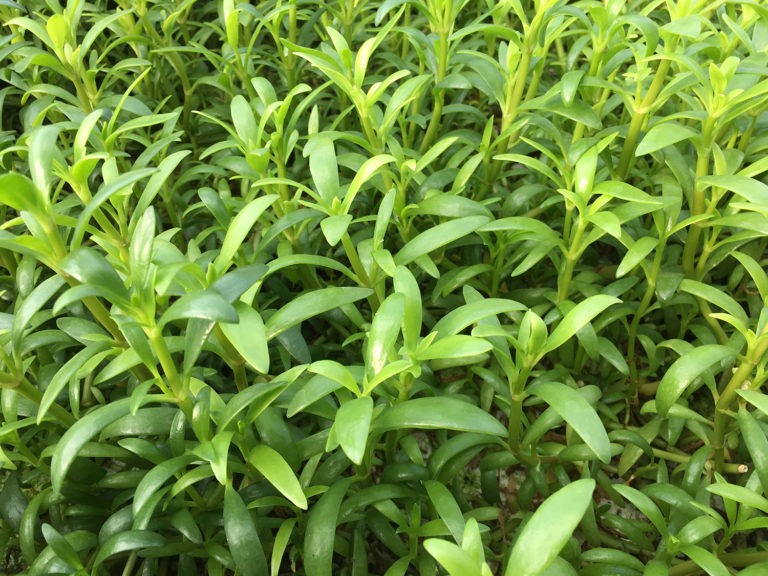
Responsibility
Sea purslane research at Mote Aquaculture Research Park
The Mote Aquaculture Research Park in Florida is developing a pilot-scale recirculating aquaponic system for the useful halophyte plant sea purslane.
Responsibility
El Parque Mote de Investigación de Acuacultura en Florida está desarrollando un sistema de acuaponía recirculante a escala piloto para la verdolaga de playa, una útil planta halófita.

Responsibility
The Mote Aquaculture Research Park in Florida is developing a pilot-scale recirculating aquaponic system for the useful halophyte plant sea purslane.
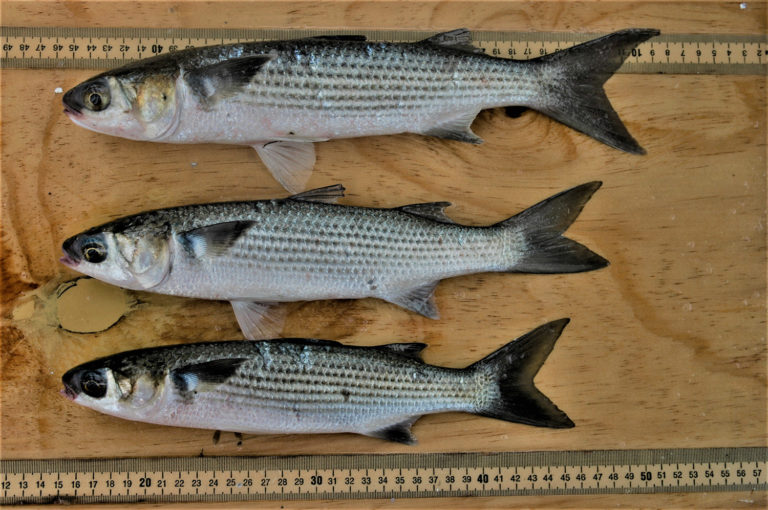
Aquafeeds
Los hallazgos de recientes ensayos de alimentación con esturión siberiano y corvina roja demuestran que los alimentos tradicionales a base de lisas rayadas pueden sustituir a los recursos tradicionales de harina de pescado.

Aquafeeds
Findings of recent feeding trials with Siberian sturgeon and redfish demonstrate that mullet-based feeds can be substituted for traditional fishmeal resources.
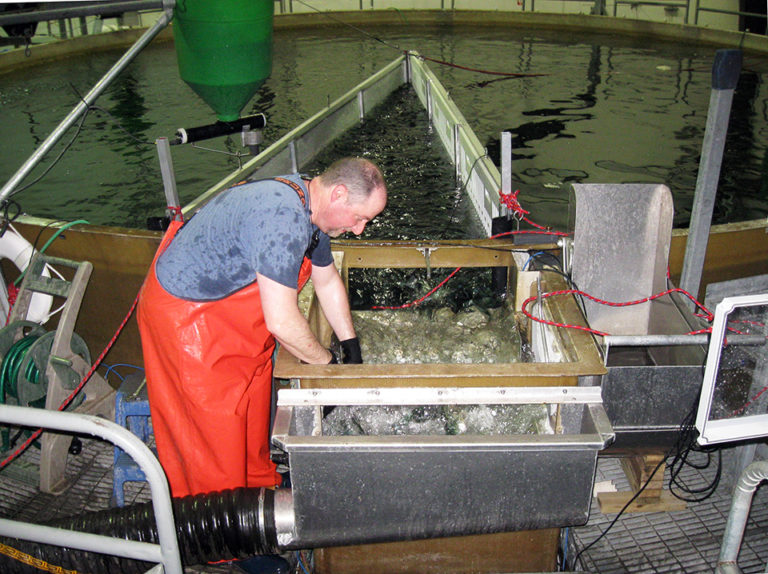
Health & Welfare
The use of larger and deeper tanks can reduce building, labor and other aquaculture production costs. However, the ability to grade and transfer large numbers of fish is more challenging when using large tanks. In a comparison of the effectiveness of a purse seine and a hinged clamshell to crowd fish in large tanks, the latter was easier to control and less stressful to salmonids. With a slotted bar rack in a side panel of the clamshell crowder, fish were simultaneously graded in size.
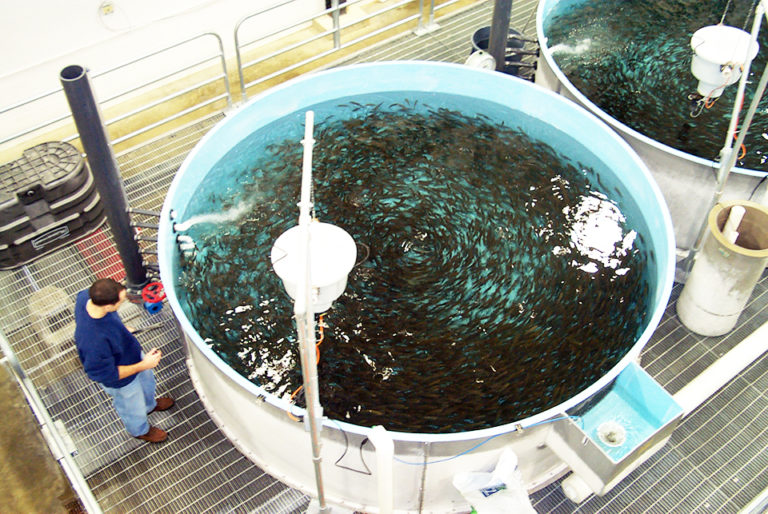
Health & Welfare
Circular tank-based recirculating aquaculture systems can be used to effectively culture rainbow trout and other salmonids in a bio-secure and environmentally friendly manner that imposes a much lower water and wastewater footprint than traditional flow-through culture technologies.
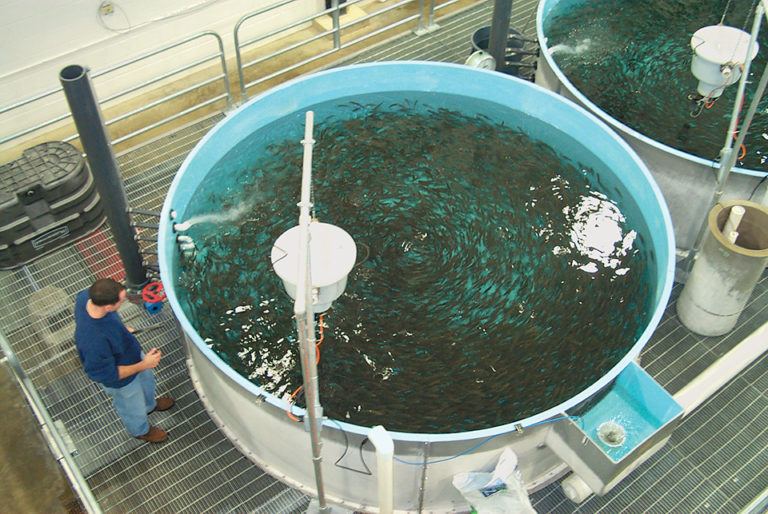
Responsibility
As confirmed in a U.S. study, partial-reuse systems are effective alternatives to traditional, serial-reuse raceway systems for salmonid culture.